Qianjiazhai [ch'eean jia djai] is a curious place, being in the Jinzhushan [jin dju, Golden Bamboo] area, which is in Simao prefecture, north of 'Banna. Have you come across the name before? It has a certain familiarity about it, despite its somewhat remote location.
Of course, it is the origin of the "Jinzhushan" cakes, made famous by Changtai's "Qianjiafeng" brand. Longtime sufferers of the Half-Dipper may recall the 2003, 2005, and 2009 versions of the Changtai recipe, which are chunky, if slightly "red" in appearance and character, and nice examples of savoury, granary Simao leaves.
It is fascinating to try a version of this tea from an entirely unrelated producer, then, and one which is so strongly linked to the economy of Simao. If anyone is going to produce good Qianjiazhai cakes, we might imagine that it would be a local Simao company with sufficient resources to do the job properly.
As shown by the images above, the leaves are quite small, and rather tippy. In the chahe, shown below, it looks not entirely dissimilar to a good Darjeeling. They have the fresh scent of green grass, as befits a raw cake from the last year or so.
The soup has a surprisingly strong aroma of sweet grains. Colour-balancing aside, you might be able to get an impression of the solidity of the yellow colour in the soup, which is reassuring.
It is really rather good: there is a potent, gripping sweetness, combined with a dark, tobacco base. It tastes like a sweet arable crop, much as I have come to associate with Simao tea, if such a sweeping generalisation can be made about the tea from a prefecture that is about twice the size of Xishuangbanna. There is, also, a fleshy characteristic of grass-like lucha.
I like it: good flavours, in conjunction with a clean, strong kuwei [bitterness], that brings about a considerable huigan. I am happy to have been conservative with the quantity of leaves that I used, as it is liable to knock your socks off.
Simao Gupu'er is the largest commercial activity in Simao, according to the blurb from various Taobao merchants, which is significant, given the tendency of Yunnan farmers to grow rubber trees and other crops that are useful to industry. This cake sells for around 35-80 RMB on Taobao, which is an honest and low price.
There are bargains to be had in cakes from lesser-known territories such as this, particularly when produced by unassuming companies such as the Simao Gupu'er company, which seems focussed on making honest, hardcore tea for pu'ercha enthusiasts, rather than bland, red cakes for mainstream drinkers.
There is a citric component in this cake which grows through time, but, for an inexpensive cake, it has quite a lot to say, including that fat, dark base of tobacco. It is sweet and cheerful, and a very stable example of Simao tea. Thanks to Keng for the opportunity to try it.

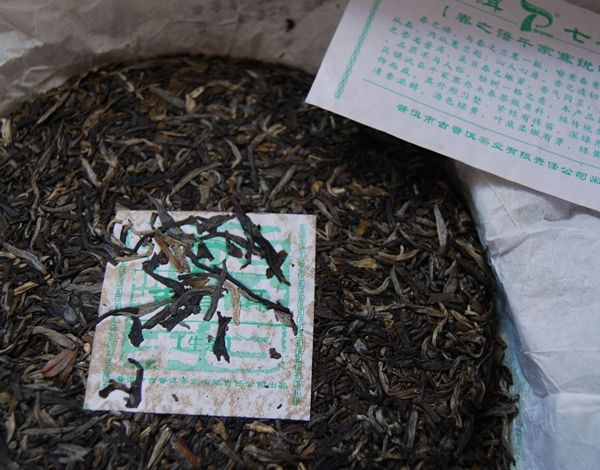
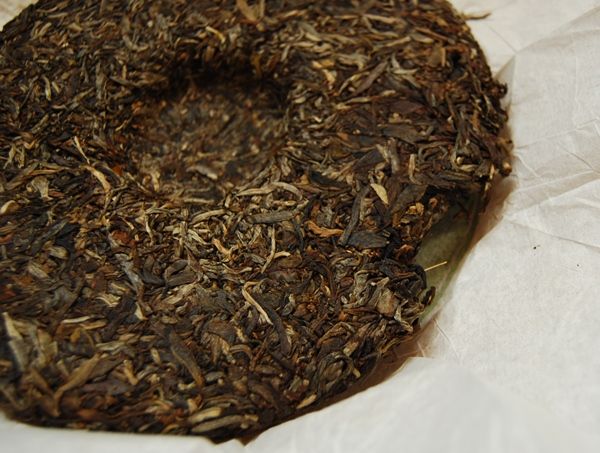
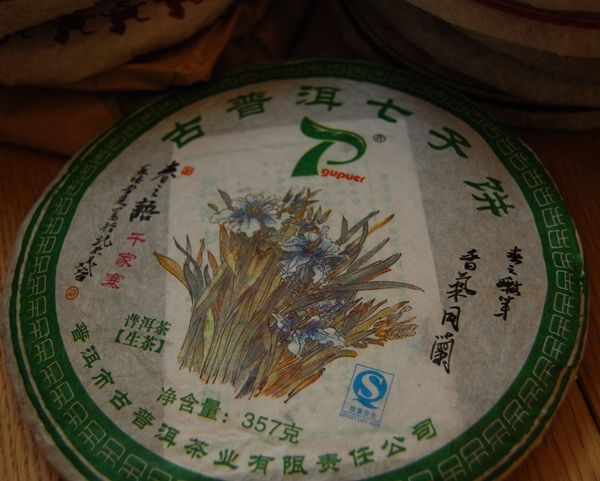
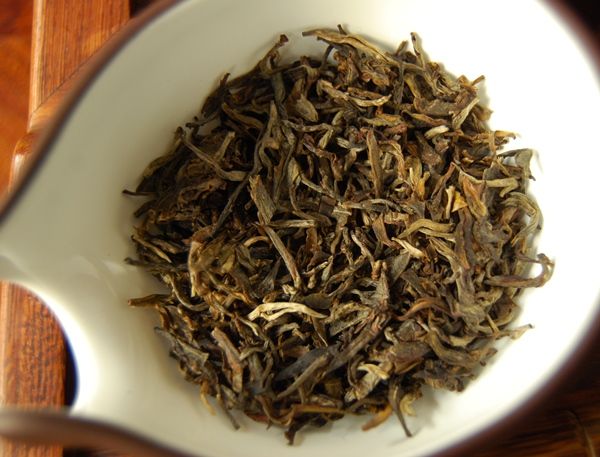

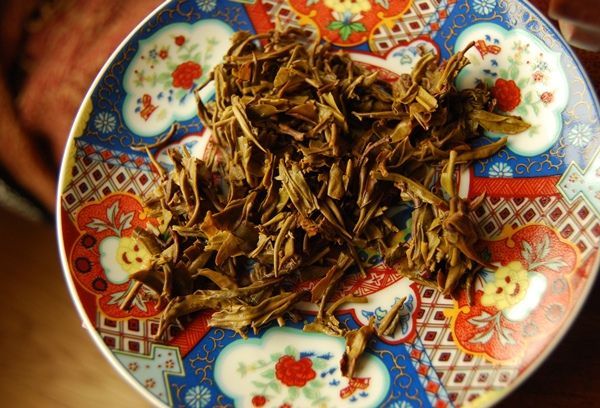
No comments:
Post a Comment